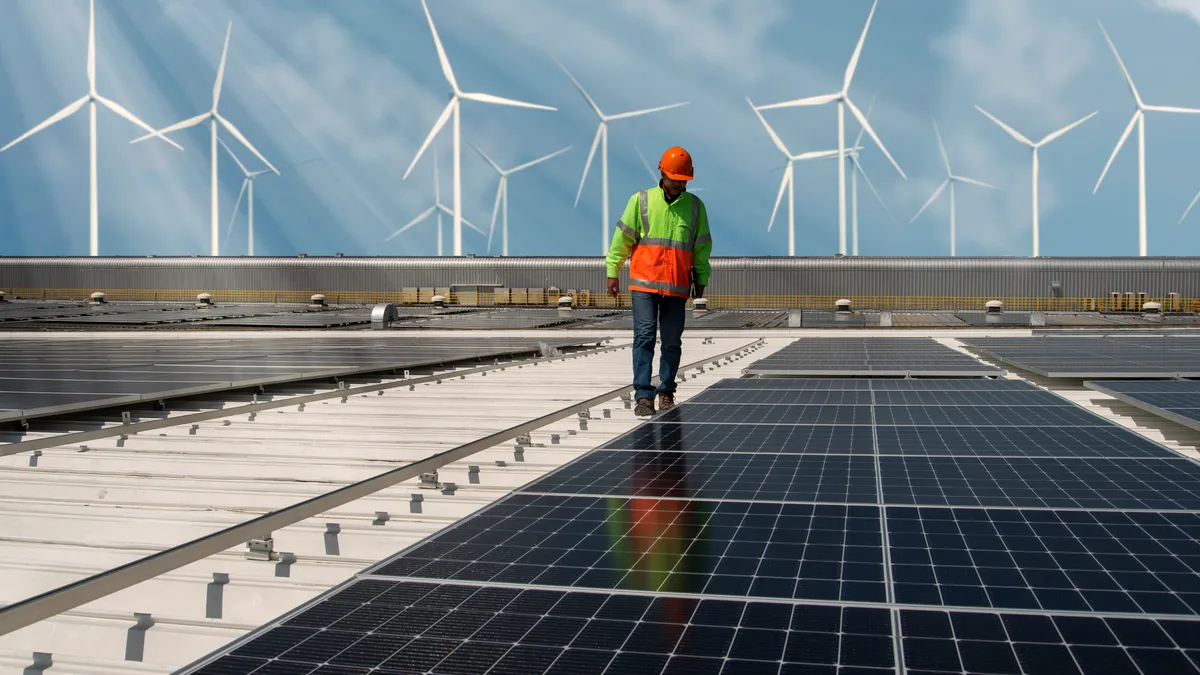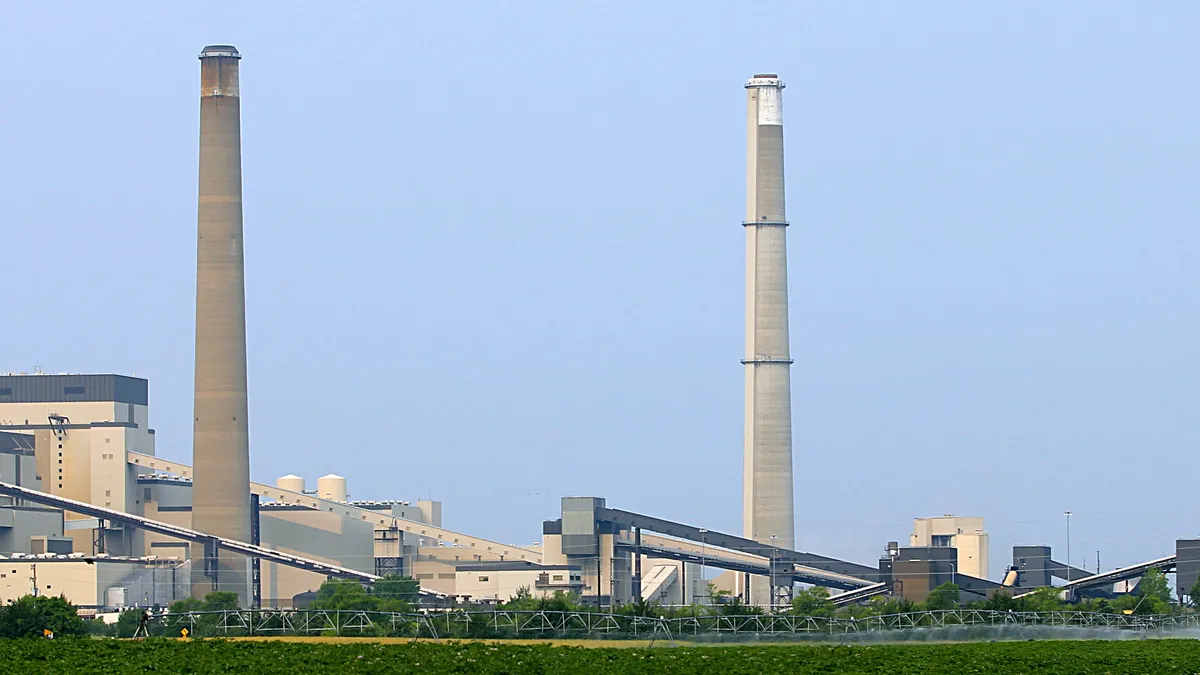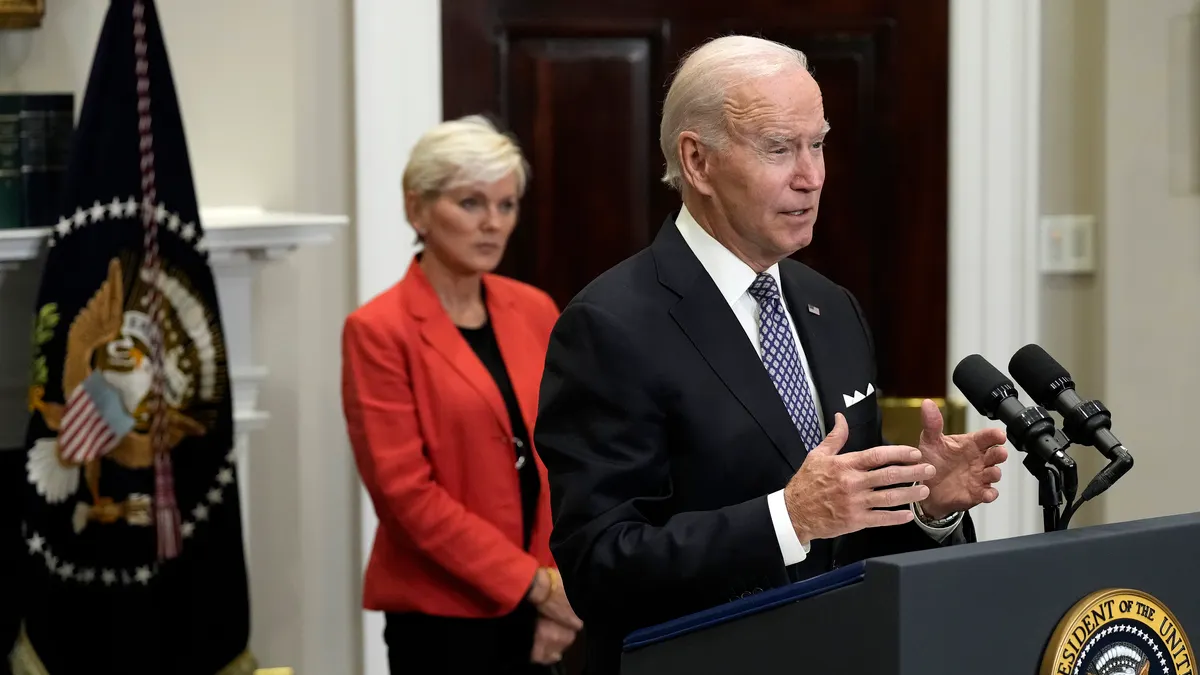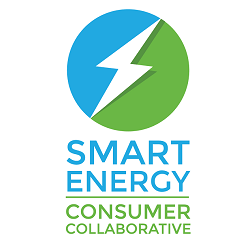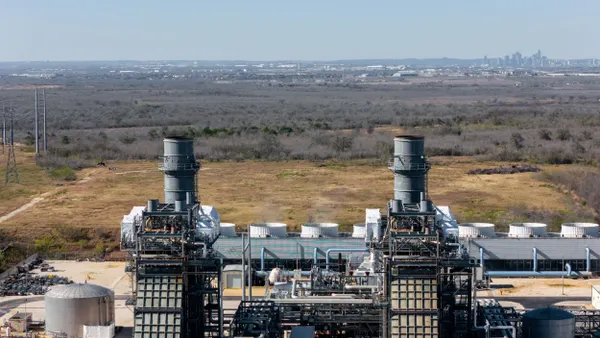In the summer of 2014, Arizona’s two largest utilities raised eyebrows throughout the power sector when they asked regulators for approval to begin installing rooftop solar.
Arizona Public Service (APS), the state’s largest power provider with 1.2 million electricity customers, proposed to install 20 MW of solar across rooftops of its service territory, crediting building owners for their roof space and building the arrays on the utility side of the meter. In December of that year, regulators approved a scaled-back 10 MW version of the proposal.
Tucson Electric Power (TEP), a smaller utility with just over 400,000 customers, proposed a more modest 3.5 MW program. After paying a $250 application fee, solar customers under TEP’s program would be locked into a new, lower rate for 25 years. Regulators approved the program, authorizing TEP to install systems on about 600 rooftops, but only if it did so at cost parity with third party providers.
While the APS offering is akin to a “roof rental payment” for installing solar arrays on customers’ buildings, the TEP solar option is closer to the offerings available from third party providers, which commonly include contracts that lock consumers into lower electricity rates based on the output of their systems.
At the outset, the TEP offering earned encouraging reviews from stakeholders in Arizona for its innovative approach to a utility-owned solar program. More than a year later, TEP CEO David Hutchens told Utility Dive that the program is so popular the utility is looking to expand it.
“It's already super-subscribed,” Hutchens said. “[I]n 2015, we updated it, asked to do more, basically doubling the size of the program.”
Utility Dive caught up with Hutchens after the Electric Light & Power conference in Orlando, Florida, the executives-only event that precedes DistribuTECH, the nation’s largest power delivery conference. Hutchens discussed TEP's utility-owned rooftop solar offering, rate design changes in response to DER growth, and how his utility could offer a full suite of DERs in the future
Rate design changes
Located in the solar hotspot of Arizona, TEP is keen to increase the amount of renewable and distributed energy on its system, Hutchens told Utility Dive, but it also needs to “have the correct economic signals” so that it values each type of resource properly.
Part of identifying the correct economic signals will be lowering the remuneration rate for rooftop solar in the state, he said. Currently, customers with rooftop systems in Arizona are compensated for power they send back to the grid at the retail electricity rate, a common net metering rate in many states.
TEP would like to lower that rate. Last fall, the utility petitioned regulators to adjust the net metering credit down to the avoided cost for other solar generation — in other words, what it would pay for solar from a central station array. It also asked to raise fixed monthly charges from $10 to $20 and institute a residential demand charge for rooftop solar customers.
That request is pending, and a similar one from TEP's sister company UniSource Energy Services is slated to have its first hearing on March 1, Hutchens said. The UES rate design case, despite the utility's size, attracted a lot of attention in the state.
“The biggest thing about that hearing is rate design and we've obviously attracted a lot of attention because it's the first rate design hearing in Arizona, even though it's this small little company that has 100,000 customers, we have 18 different intervenors in there,” Hutchens said. “So everyone is coming in to talk about the rate design issue.”
Solar installers sharply critiqued the TEP proposal when it was released in the fall. “These are discriminatory charges and discriminatory rates that make it uneconomical to go solar,” a lawyer from The Alliance for Solar Choice, a solar lobbying group, said at the time.
But for Hutchens, the current rate structure is the one that’s unfair. While solar customers are able to significantly reduce their utility bills with net metering credits, they also pay less back into the system for grid upkeep. Those costs, the utility argues, end up being shifted to non-solar customers, many of whom can ill afford increases in their electricity rates.
“We want to make sure that all of our customers get a fair shake,” Hutchens said, “and that is against some people's business models, which makes it a little bit of a tough conversation, but I think it's the right thing to do.”
“It's against the solar companies' business model, and from our perspective we want to make sure that the cost of service, the real cost of service, is reflected in our rates,” he added.
Which rates are ‘fair’ rates?
To better account for what it believes to be the value of distributed solar, TEP requested to lower the solar remuneration rate from the retail rate to its avoided cost for other solar generation.
While the utility could have asked to adjust the solar rate down to its avoided cost for all of its generation — not just solar — it decided that the solar avoided cost rate would be a more accurate valuation.
“We're not saying give us the three cents [per kWh] that the avoided cost would be for fossil fuels or gas, but we think it's right … to say, 'This is a like product, so we'll be willing to pay you that same wholesale rate' because that's basically what it offsets from our perspective,” Hutchens said.
For TEP, there’s little difference between the solar it gets from the community solar arrays deployed on its distribution system and the power it receives from net metered rooftop solar systems, he continued. But the latter costs the utility almost twice as much as the former.
“If you give us extra solar, we could have just bought that for 6 cents or 5.8 cents is what we filed. Why would we give you ten or twelve cents for it?” Hutchens said.
Solar installers commonly argue that rooftop arrays offer special benefits to the utility through enhanced reliability and reduced fossil fuel usage. Hutchens disagreed, arguing that on that count there’s little difference between the two products as well.
“We’re comparing it with ... the larger, community-scale stuff, which is half the cost, sitting right in our community. The only difference is it's not on a roof,” he said. “It’s on our distribution system, we can plan where to put it, we can control the output, so there's a lot of benefits there.”
The similarity between the community solar projects on its distribution system and rooftop arrays in its service area is a central reason why TEP did not try to reduce net metering rates further, Hutchens said.
“This is the same exact energy product,” he said. “The only difference is it's not on a roof. It's over here and costs half as much. That’s our argument.”
If TEP wins its rate case and remuneration rates are lowered, it could affect future utility-owned solar offerings from the company. When regulators approved the TEP rooftop solar pilot, they inserted a provision pushed by consumer advocates in the state that stipulated the utility must offer solar at price parity with third party providers. If the net metering rate is cut, TEP would also have to make its solar product less lucrative to customers.
“We would have to increase the amount that we charge those customers," Hutchens said. “Now what we do is we fix their bill. Well, we would have to fix it at a higher level.”
Basic cable vs. premium service
The motivation behind both moves — offering rooftop solar and reducing net metering rates — is to provide customers options, “but options that reflect the true economic realities of their decisions,” Hutchens said.
Hutchens drew an analogy to the cable industry. The utility provides its basic cable — the cheapest electricity available — and then customers can add on different “premium” options onto their package, such as solar, storage or an EV charger. Just as the costs for premium cable options like HBO or Cinemax aren’t shared across all cable customers, the premium power options would be paid for by the individual customers as well.
“We provide basic cable, and that's the cost of service, but things that cost more — we don't want other people paying for them,” Hutchens said. “We want you to pay for them because you find value in those products.”
“You don’t get to watch HBO if your neighbors paid for it, unless of course you splice into their line, but that’s the kind of model we want to see going forward,” he added. “Basic cable for everybody, keep that as low as we can, because we got a lot people who can't afford extras and that's really bothersome if we can't control the rates to those who are most at-risk in our community.”
While part of the push for lower remuneration rates and utility-owned solar is to address the cost shift, Hutchens said, TEP is also seeking to bring the cost of distributed generation to the utility more in line with renewables from community and central-station arrays.
“The other part is [rooftop solar] is twice as expensive,” he said. “So you peel the onion away and say, ‘What is the cost to society of these different options?' Let's pick the one that reduces the most carbon, reduces the most water usage, reduces the most environmental impact per dollar because that's what we should be doing as a society.”
Under that paradigm, Hutchens said the utility could be getting more renewables for its dollar than it currently receives under the net metering rates in Arizona.
“Wouldn't you love to have twice the renewables for the same costs? That's the story,” he said, expressing some frustration with the conversation over rooftop solar in his state. “It drives me crazy. It's like, how do you guys not get that?”
“It's like, 'Oh well my business model doesn't work,'” Hutchens said. “I know it doesn't work! But there are still people who would pay extra to have it on their roof because they're the same people who ... want the cool stuff. They want solar on their roof, they want storage in their garage, and they want to say, ‘Hey look man, I'm powered by the sun.’ But that isn't free.”
Helping DERs spread as a utility
The request to expand TEP’s utility-owned solar offering has been pushed off to a larger renewable energy standard docket that should go to hearings in the next few months, Hutchens said. “After that, it will be resolved and we hope to have a whole bunch more signed up.”
Beyond the rooftop solar program, Hutchens sees a role for TEP in owning and operating a whole suite of distributed resources, from solar to home storage and electric vehicle chargers — with the help of third party partners.
“That's the premium service model that I hope to get to, where we have that basic cable cost of service and then we work with partners to provide those other services,” he said, pointing to the ease of offering such products through the utility.
“Put it on your bill, we'll finance it. That's what we do. That's our function in life is financing energy infrastructure,” he said. “So why not put it all on our bill … we'll work with Tesla and their battery, we'll work with any company that wants to put solar on the roof, we'll put all that stuff together [and] package it.”
In just a few years, Hutchens envisions customers using his utility's website to choose from a variety of different DER service offerings.
“The dream, five years from now, is that you just go on our site and say, which of these services we got?” he said. “As long as that basic cable is still getting paid, to me, that is a great spot for a customer to be in.”
Solar companies and other DER providers are wary of heavy utility involvement in the distributed energy space, since the utility’s existing customer relationship and brand recognition could give them an advantage in offering such products. But Hutchens said he sees room for more collaboration in the industry.
“We can help them market it,” he said. “Our customers don't want to get all confused trying to figure out whose product works with what. Let us do that.”
By leveraging that established customer relationship, Hutchens expects that his utility can help DERs grow even faster in his service area than they are today.
“We've found that in the rooftop program. All these people wanted to sign up because they're like, 'Okay, we've got the big utility behind it … we don't have to worry about signing this crazy complicated contract, we don't have to worry about whether they're going to be in business in five years, don't have to worry about maintenance, etc.," he said. "This is all taken care of by a name we know and we know we can call if we have a problem.”
More renewables coming
Some of the early results of TEP’s push to deploy more renewables will be on display in the utility’s coming 2016 Integrated Resource Plan (IRP), set to be released in March.
The 2014 IRP envisioned a less carbon-intensive generation fleet than in the past, but still one that relied predominantly on fossil fuels. In 2028, it predicted TEP’s fuel mix would be 43% coal and 36% gas, followed by 12% energy efficiency savings, 7% utility-scale renewables, and 3% DERs.
While Hutchens did not divulge many details about the coming IRP, he said it will be markedly different than the 2014 version.
“There's a lot of difference,” he said. “There's a lot more renewables, a lot less coal and that's how we see our portfolio evolving.”
Whatever the predictions are for the fuel mix in the coming IRP, it’s likely that renewables will grow at an even faster rate, Hutchens added.
“We basically send out this straw man on March 1 and then we get into stakeholder groups, so you can bet the renewables that we come out with in that March 1 report will be the minimum that we'll see over time,” he said. “Then we get into conversations, because new technology will only make that go up. It's not going to make it go down.”
Correction: An earlier version of this post indicated that TEP's rate design case will go to hearings on March 1. That was incorrect. The rate design case for UES, its sister company, is scheduled to begin hearings on that day.







